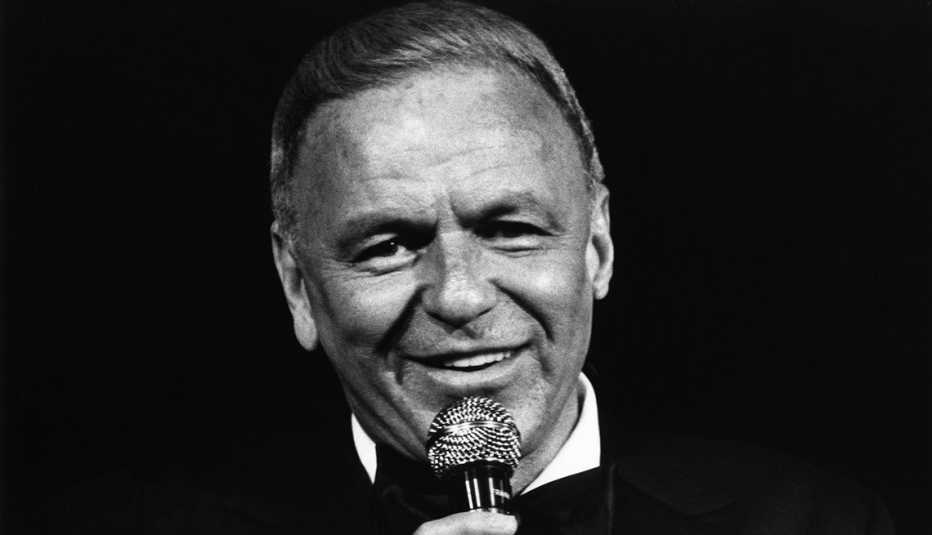Staying Fit


During a career that spanned seven decades, Frank Sinatra performed before standing-room-only audiences across the globe.
Now Standing Room Only invites fans to a return engagement.


AARP Membership— $12 for your first year when you sign up for Automatic Renewal
Get instant access to members-only products and hundreds of discounts, a free second membership, and a subscription to AARP the Magazine.
The new collection captures three complete, previously unreleased Sinatra concerts from 1966, 1974 and 1987, resurrecting the stage magic of not just the best-known singer of the 20th century but arguably the best, period.
The world’s first genuine pop idol, Sinatra remains unrivaled as an interpreter of standards. His smooth baritone, impeccable phrasing, jazz-inspired improvisation and heartfelt embrace of lyrics seduced millions and inspired uncountable imitators.
The spell he cast in casinos and arenas is rekindled on the 57-track Capitol/UMe release, available now in digital form or as a three-CD set with a 30-page booklet.
A heart attack silenced the legendary crooner in 1998, but acolytes young and old continue to clamor for his music. Ol’ Blue Eyes performed on more than 1,400 recordings before he died at age 82, and scores of compilations have been issued since his death. Why the sustained interest?
“Because he was so good,” says producer-actress Tina Sinatra, 69, youngest of Sinatra’s three children. “His interpretation, his emotionality, his entire personality. Men found him as appealing as women did.
“Whenever we can give followers unreleased music, it’s always a good thing,” she says. “They want this. They are constantly conveying that to us. They want what they haven’t had before. In these three independent appearances, there are only five or six songs that overlap, which is pretty amazing. He was really diversified.
“Growing up, I watched him pick through his sheet music, and his songbook was always thick. He was always working on it, in Palm Springs, in Los Angeles. I’ve seen him do it on airplanes. He and his conductor would talk on and on about it. He really did piece the puzzle together quite uniquely for each show. And the second show of the night would always be different. And a tad bluer.”
A snapshot of the three concerts on Standing Room Only:


































































More on entertainment
Martin Short and Steve Martin’s Greatest Collaborations
Watch their funniest scenes from 'SNL' to 'Only Murders in the Building'